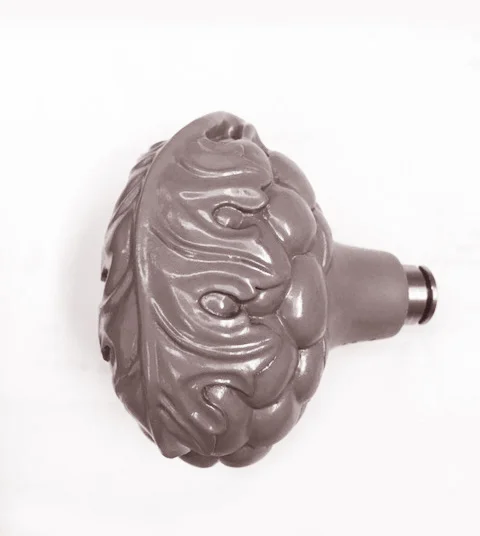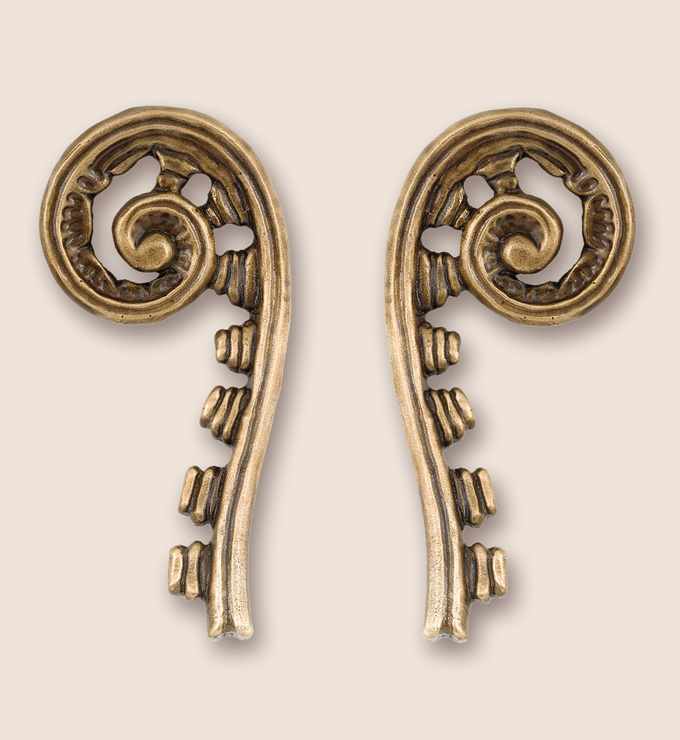How a Door's Stile Can Influence Your Style of Door Hardware
Yes the pun is intended this is not a typographical error. For doors that have a raised panel or glass panel, the flat unencumbered surface has a direct impact on the size and style of the door handle back-plate or escutcheon. The stile will also impact the back-set of the latch that is being used with the door handle whether it be a passageway or privacy latch.
What to measure?
You will need to measure both the outside width of your back-plate and the net width of your door stile, meaning, the flat area that is free of any molding or beading. You will also need to consider the door stop which is typically part of the door jam and which will overlap the door stile when the door is closed.
When measuring a decorative or asymmetric back plate or one that is uneven we suggest taking the measurement from the reverse flat side.
Where to position the escutcheon on the door stile?
To center or not to center the decorative trim will determined by factors discussed above and by the differing back-sets offered for tubular versus mortise latches. The back-set is the distance measured from the edge of the door to the center point of the lock and these are available at 2”, 2 3/8",2 ¾”, 3”, 4” for tubular latches and at 2 ½”, 2 ¾” for mortise latches. Narrower 1 ¾” and deeper 3”-5” back-sets can be found but usually are custom made.
Working examples
Interior Door with a 4 1/2” stile and with a 3/8” door stop using a back plate that is 3” wide. The center point of our door is 2 ¼” and center of our escutcheon is 1 ½ and the nearest back-set for a tubular latch which would position the trim at just over center point is a 2 3/8" back-set. The trim would be almost centered (1/8" off center) but it would yield a 1/2" clearance from the edge of the plate to the door stop. If we used a deeper 2 3/4" back-set latch then our trim would be off center by 1/2" and a narrow 2" back-set would bring the trim too close to the stop with a mere 1/8" clearance.
Patio Door with 5” door stile and 3/8" door stop and 3” back plate would have corresponding center points of 2 1/2” and 1 ½” so would work with tubular latch back set of 2 3/4” or a mortise latch of 2 3/4”. In the image below you can see how this would look with our lizard door lever set.
Levers ,Knobs and Handing
While the door stile will largely determine the maximum width of your back-plate and how it will be centered on the door, the handing of the door and whether you use a door knob or lever should also be considered. Door levers pivot away from the edge of the door and can be operated with less hand engagement than knobs which tend to be enveloped by the hand making knobs more problematic for door jams that have wide door stops.
Useful resource – a client recently referred me to a Canadian site that provides a very helpful checklist worth reviewing if you are planning to mix styles and mediums in your kitchen remodel.





